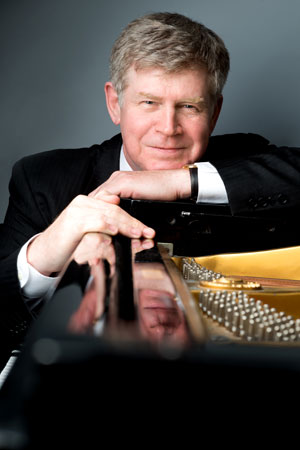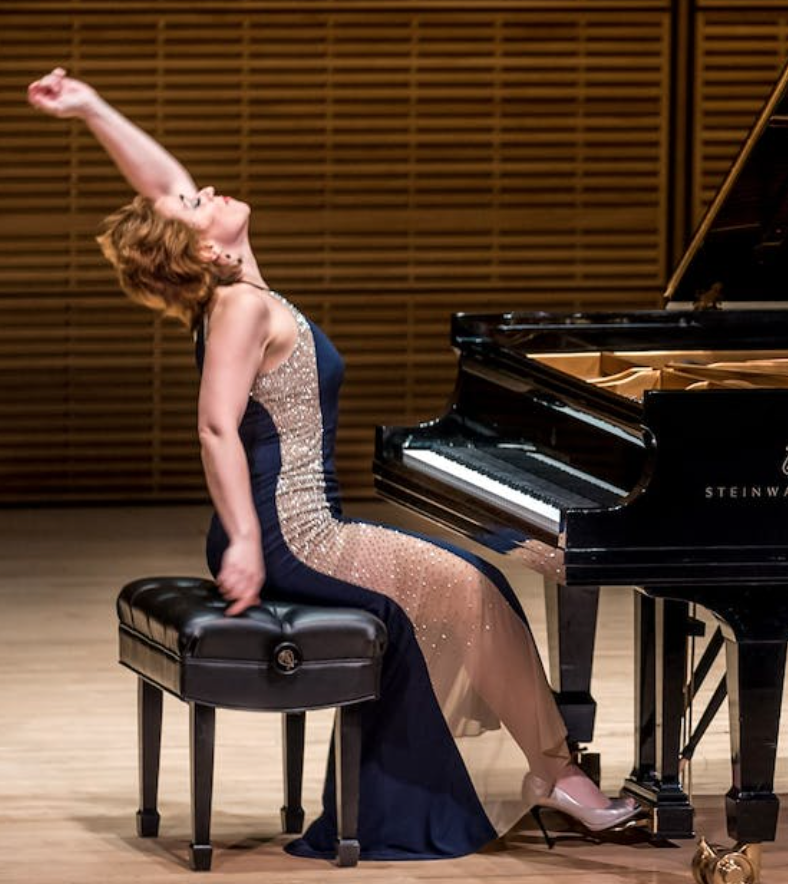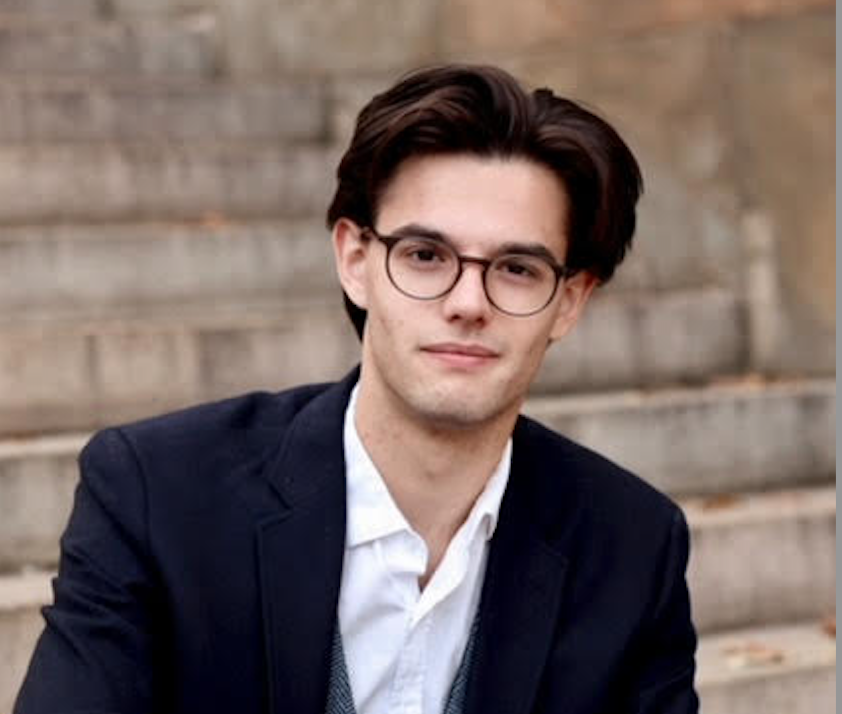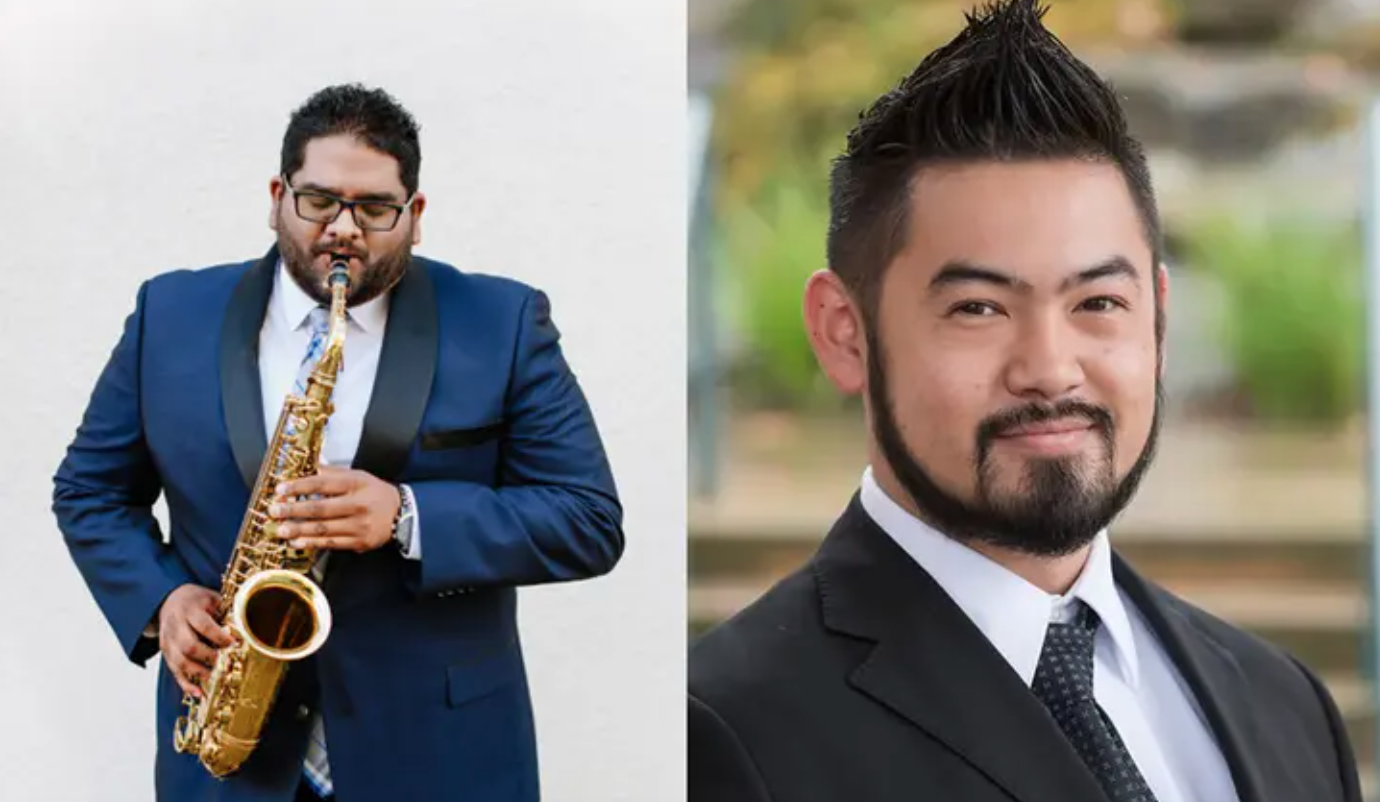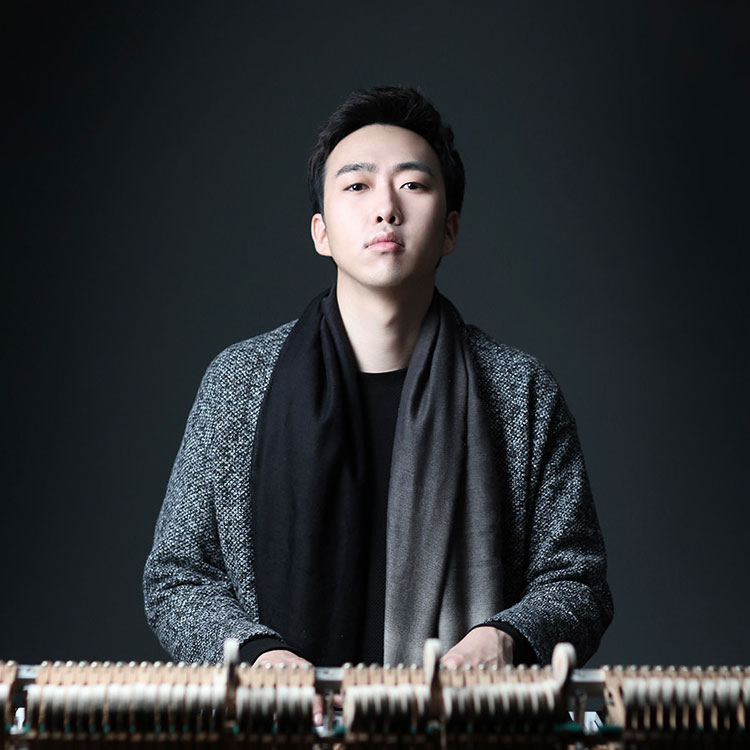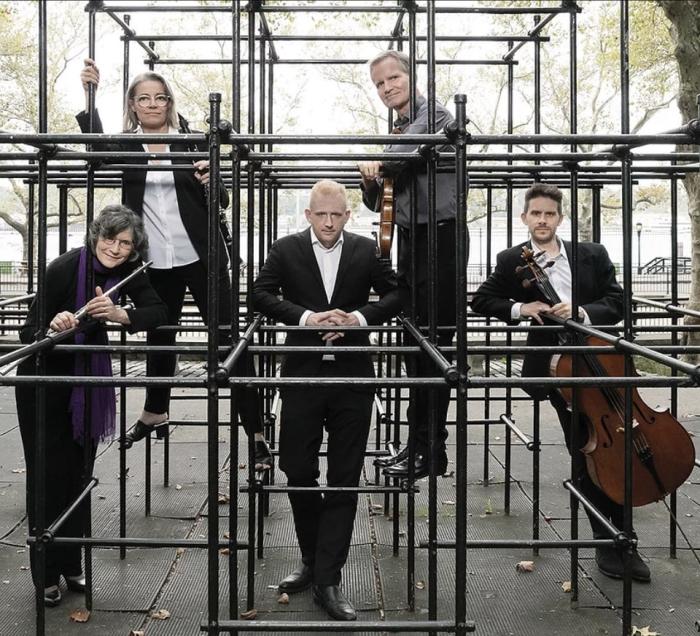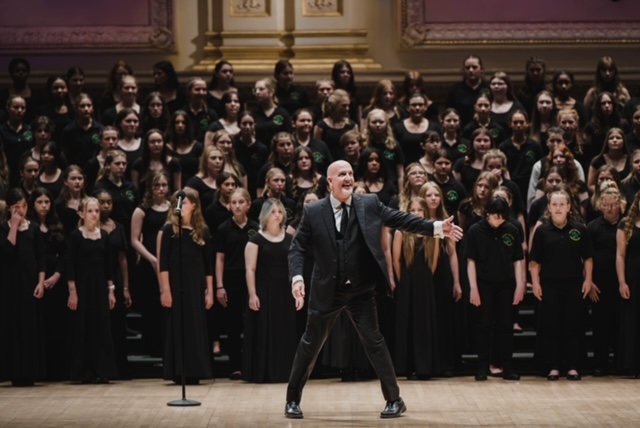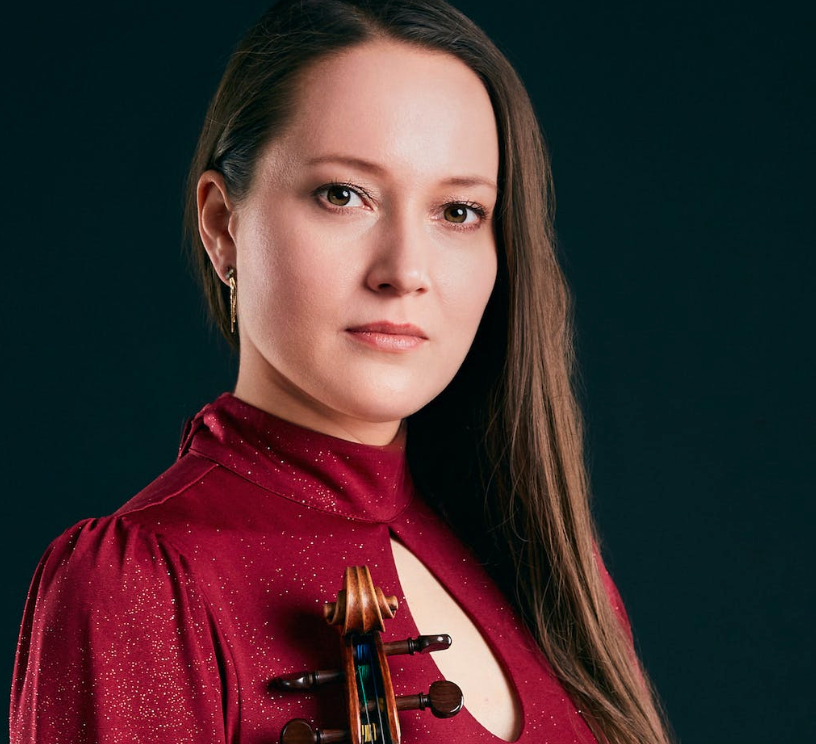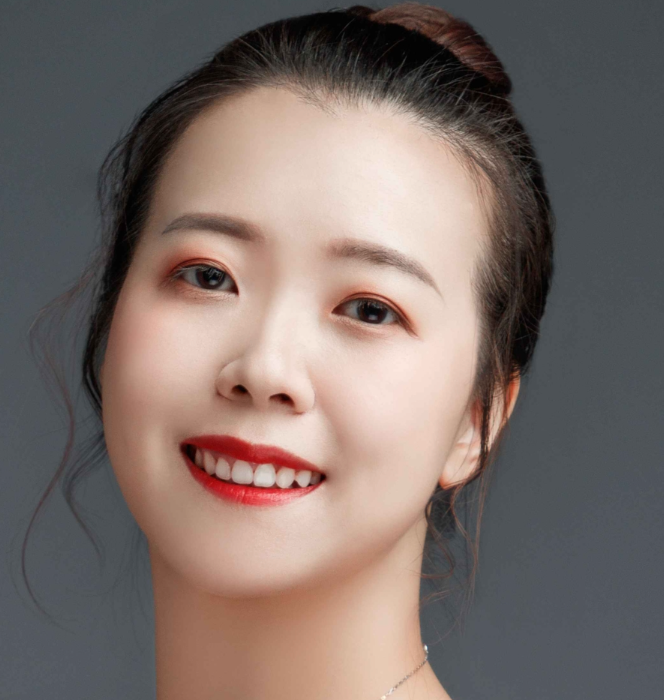Ian Hobson, piano
The Tenri Cultural Institute, New York, NY
September 29, 2023
On a day of flooding that brought New York to a standstill, Ian Hobson showed us all once again what his staying power can do. Though government alerts cautioned residents to stay home, there was a healthy crowd of music lovers eager to hear yet another chapter in Mr. Hobson’s complete cycle of Schumann’s piano music, and they were handsomely rewarded.
From the first gentle notes of the Variations on a theme of Chopin, Anh. F26 (based on Chopin’s G minor Nocturne, Op. 15, No. 3) right through to the triumphant finale of the Symphonic Etudes, Op. 13, we were treated to the kind of musicianship in which all is thoroughly conceived, each phrase well-considered, and each tone well-prepared. The program itself was also dream in its perfect balance between the grandeur of the more “tried and true” (i.e., the Op. 13) and relatively little-known works such as the abovementioned Chopin Variations, as well as the Variations on a theme of Beethoven, WoO 31 (on the Allegretto from Beethoven’s Symphony No. 7), which opened the second half. The program was filled out by the Abegg Variations, Op. 1 and Impromptus on a Theme by Clara Wieck, Op. 5, both known but somewhat underplayed as well.
Though this listener is not always a fan of complete cycles in concert, one of the great advantages of them is hearing some largely overlooked works and exploring how they illuminate the rest of a composer’s oeuvre. One insight that emerged throughout this program was the importance of Chopin to Schumann. The opening of Variations on a theme of Chopin served to underscore this Chopinesque thread. While many are familiar with Schumann’s praise of Chopin, including his famous, “Hats off, gentlemen, a genius!” – as well as the inclusion of a Chopin movement in his Carnaval and the dedication of his Kreisleriana to Chopin – there is no clearer illustration of Schumann’s regard than his own treatment of Chopin’s work. This evening’s program led one to contemplate this aspect more and more, even in the five posthumous Etudes to the Op. 13, which Mr. Hobson himself described as “Chopinesque” in his spoken introduction. Along with the ever-present Florestan and Eusebius, there emerged the character, Chopin. Incidentally, I’ve seldom felt that these five etudes “worked” with the rest of this great piece (with all due respect to Brahms, whose publication reinstated them), but here, folded in between the tenth and eleventh Etudes, and in the context of the Chopin influence, I almost became a believer. Mr. Hobson’s performances were assured and persuasive, as one has come to expect, from his many decades of performing and his wide-ranging discography.
Time will tell whether Schumann’s variations on Chopin and Beethoven will enter the “mainstream” repertoire, as the Chopin set was only published in 1981, and the Beethoven set in 1974 – both have interpretive challenges. The Beethoven set contains fifteen variations, and not all were completed, so Mr. Hobson chose ten and arranged them in his preferred order. There is some unevenness in the quality of the variations themselves – and many might categorize them as mere academic curiosities – but Mr. Hobson made a compelling case for them, as he did with the Chopin set. He pulled off both sets with confident artistry, for which he deserves our admiration and gratitude.
The Abegg Variations, though certainly ensconced in the mainstream piano literature, are still underrepresented in favor of more accessible triumphs, so it was a joy to see them on this program. Mr. Hobson brought out their grace, charm, and pianistic pearls, again with many Chopinesque moments. The Impromptus on a Theme by Clara Wieck, Op. 5 followed them in an eye-opening performance of brilliance and sensitivity. With a title reflecting thoughts not just of Schumann’s beloved Clara but also the memory of Schubert (as suggested by Richard Dyer in his excellent program notes), these pieces hold treasures too often overlooked. Mr. Hobson’s playing offered much needed advocacy.
The evening was capped off with the great Symphonic Etudes, and here we had the bold and powerful performance one would expect from this important pianist. Despite the program’s surfeit of riches, one wanted to hear more. Luckily for music lovers, there is more. This monumental series continues with several more concerts, the next being October 20, 2023, also at Tenri Cultural Institute.

